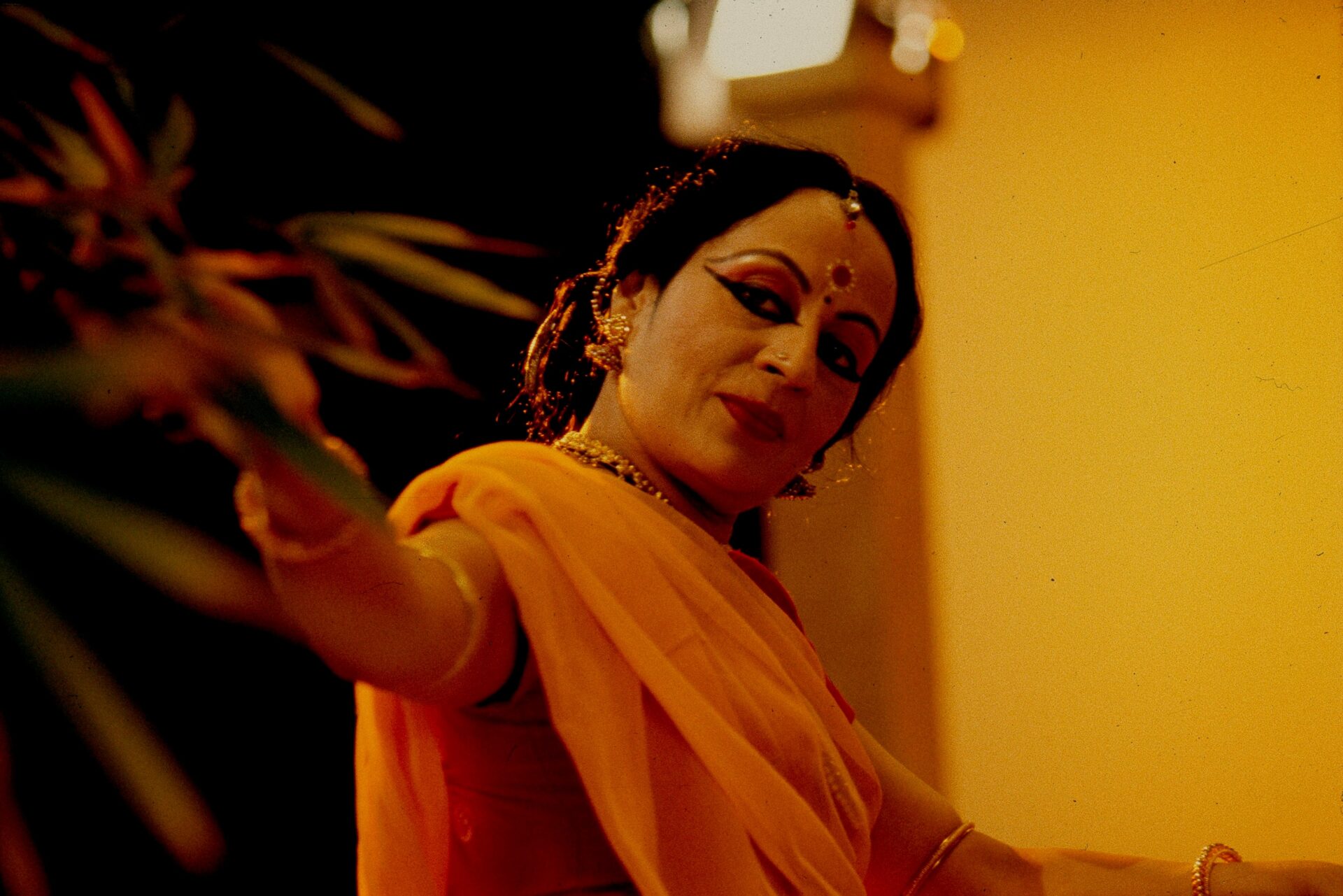Sonal Mansingh, a celebrated Bharatanatyam and Odissi dancer, has illuminated the world of Indian classical dance for nearly seven decades. Her path is a remarkable story of passion, resilience, and deep expertise in her craft. She has been the recipient of Padma Bhushan and Padma Vibhushan and has also been nominated by the President of India to become a Member of Parliament, Rajya Sabha. In an insightful conversation with The Sunday Guardian, she recounts her experiences, the obstacles she overcame, and the guiding principles that have shaped her distinguished career.
For Sonal Mansingh, dance was not merely a pursuit but a calling that she discovered early in life. Reflecting on her initial days, she says, “I realized very early on that dance is an integral part of everybody’s journey. The beauty of formal training lies in understanding the discipline, alignments, and energies that come with it.”
Dance, according to her, opens doors to the rich cultural diversity of India. “In a country like India, dance is a powerful vehicle to explore cultural diversity—language, traditions, costumes, cuisine. It encompasses everything,” she explains. Her performances, which often depict everyday activities, from plucking vegetables to making offerings, demonstrate this inclusiveness.
Mansingh’s journey is not just about mastering the art of dance but also about sharing its significance with others. She has mentored numerous students who have gone on to achieve renown in their own right. “After realizing the profound impact of dance on life, there was no looking back in sharing its importance and significance. If you call me a cultural ambassador, I completely accept
Her teaching journey began unexpectedly. “A young girl with her mother kept knocking on my door for months, stubbornly seeking my guidance. That persistence made me take her as my first student,” she recalls. Teaching, she discovered, enriched her in ways she hadn’t anticipated. “You begin to look at dance from a third-party perspective, adapting your teaching to each student’s capacity. It’s not about producing numbers but nurturing individuals.”
Mansingh’s path was fraught with challenges. “The family supported dance as an activity but not as a career,” she recounts. Defying societal norms, she ran away from home to pursue her passion. “There’s a flame, a passion, something that happens here in the guts. I am very fortunate to have heard that inner call.”
Despite the tough times, she never compromised on her principles. “My paternal grandfather taught me never to compromise my self-respect and never to treat dance as a business. These promises put me on the edge of a knife, but they also ensured that no one could play with me,” she asserts.
Her influences are deeply rooted in her family and the gurus she trained under. “My paternal grandfather’s teachings have always guided me. He instilled in me the importance of self-respect and the sanctity of dance,” she rejoices. These principles have shaped her journey, ensuring that she remains true to her art.
Mansingh is one of the few dancers who have mastered both Bharatanatyam and Odissi, each with its distinct style and sensibility. “Bharatanatyam is majestic, geometrical, and grand, while Odissi is more lyrical and fluid. The music, costumes, and body movements are different,” she explains. Instead of seeing them as challenges, she found that they complemented each other. “When people ask me which I like more, I say I have two eyes and one vision. I can’t choose between them.”
Mansingh is known for her innovative choreographies and concepts. Her latest project, unlike any other, showcases her as the narrator, singer, and communicator. “In my latest work, I use dance, music, and back projections to create a complete picture. I interpret Krishna in my own language, offering a unique perspective that no one can challenge,” she says. This intellectual liberty, she believes, is a unique aspect of Indian culture that needs to be appreciated more.
Her storytelling through dance is not just about performance but about evoking deep emotions and thoughts. “When we dance, some very profound things well up. It’s about sharing these experiences with the audience, making them feel the emotions and the story.”
Mansingh’s contributions to dance are not limited to India. She has performed in numerous countries, often in places where Indian classical dance is not well-known. “I have performed in Mongolia, Nicaragua, Ukraine, and Sudan, among others. These experiences are invaluable, and I have taught audiences in these countries the basics of Indian dance, like the ashtamudras,” she shares.
She recounts a memorable experience in Peru. “In 1997, I performed in Cusco, at a height higher than Machu Picchu, teaching the locals the nuances of Indian dance. These interactions are special because they bring cultures together in a unique way.”
Despite her extensive travels and countless performances, Mansingh remains committed to her art and her students. “There may be more tours later in the year,” she hints, showcasing her undying enthusiasm for sharing her passion with the world.
Mansingh’s parting words reflect her dedication and love for dance. “Dance is not just a profession; it’s a way of life. It teaches you discipline, respect, and the joy of creation. I hope to continue sharing this joy with as many people as possible,” she sums up.
Sonal Mansingh’s journey is a remarkable testament to her unwavering dedication to the art of dance. Her story is one of passion, resilience, and the relentless pursuit of excellence. As she continues to inspire new generations of dancers, her legacy as a cultural ambassador and a pioneer of Indian classical dance remains firmly etched in the annals of art and culture.

